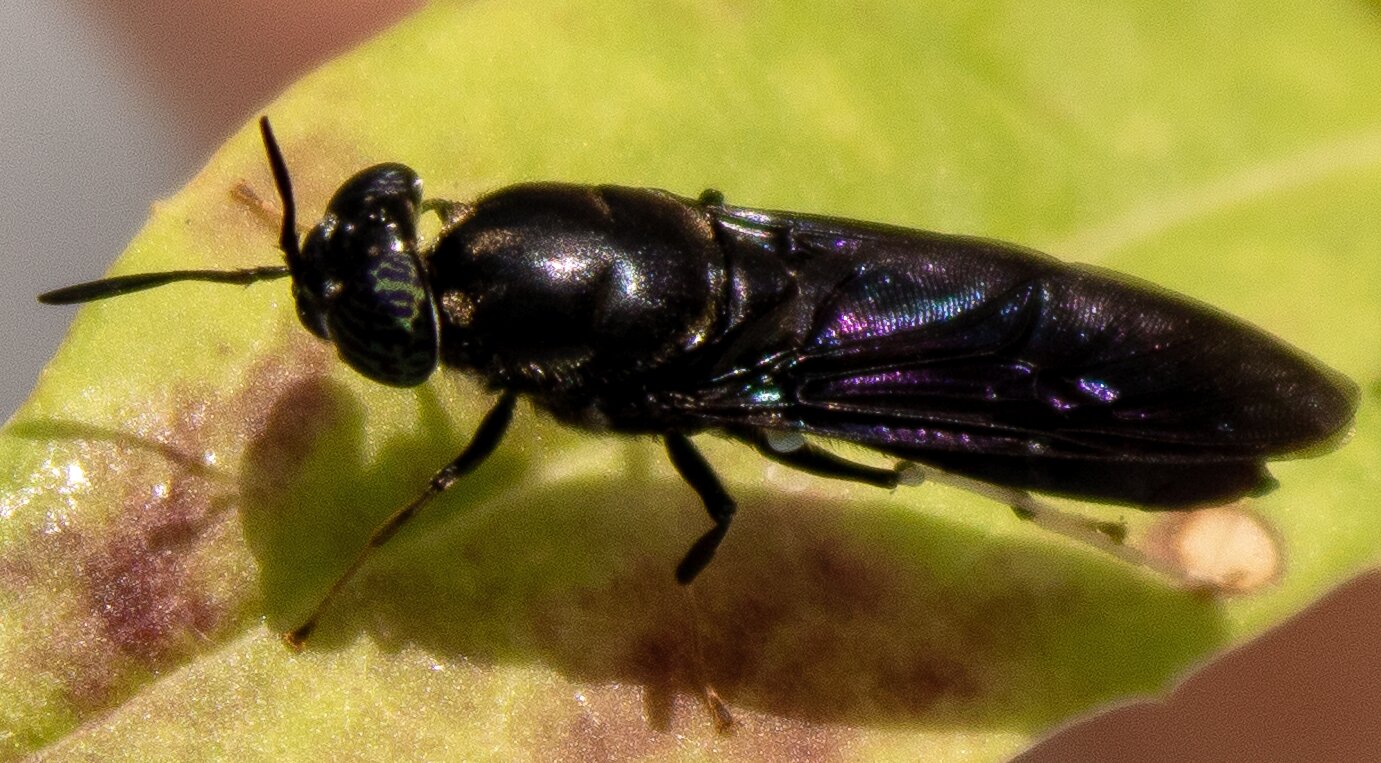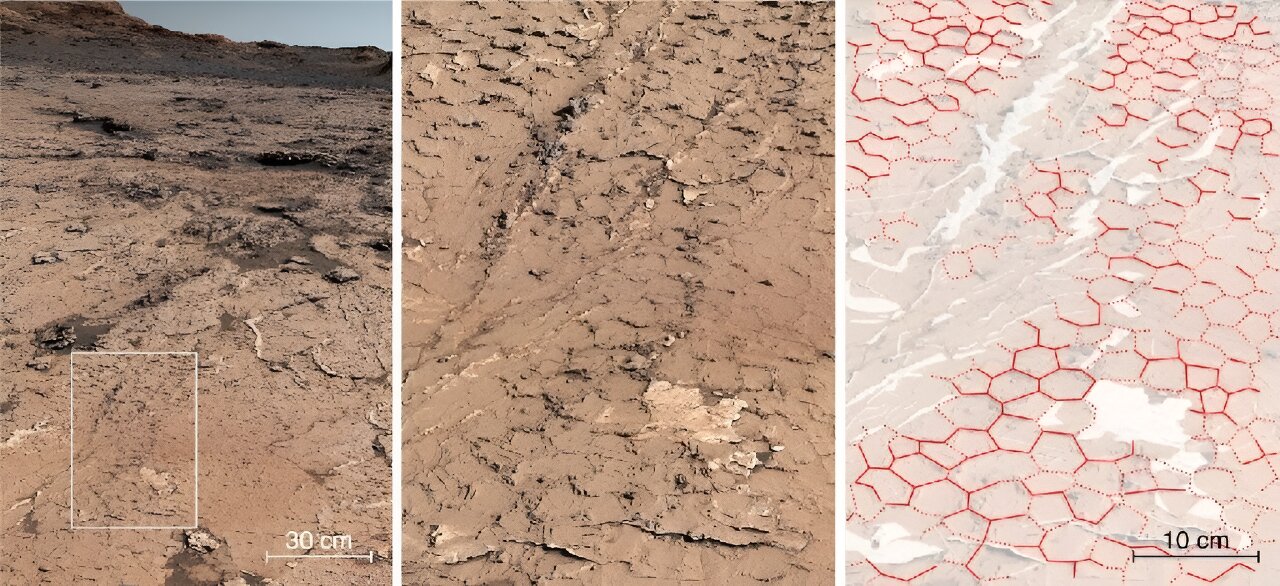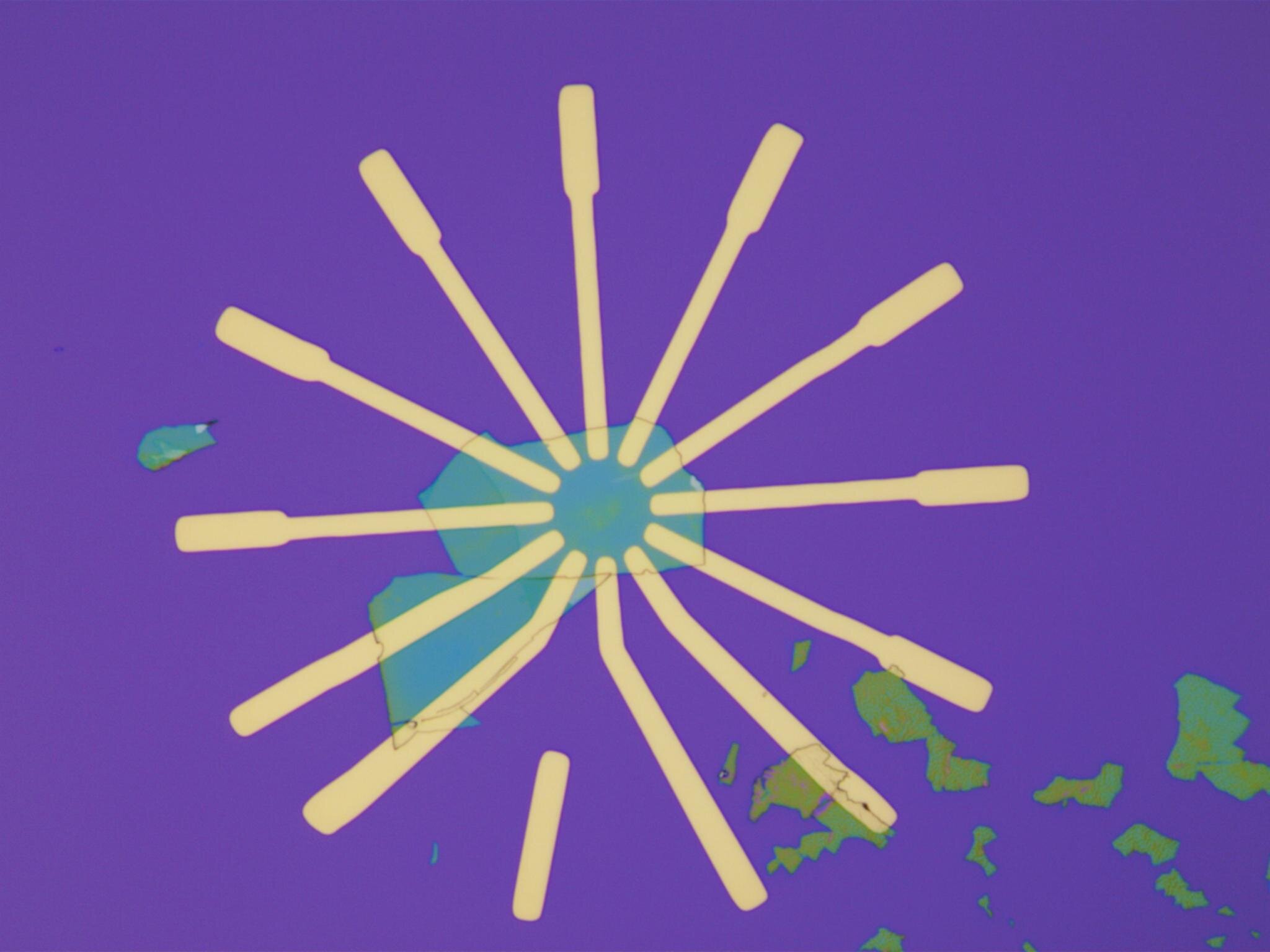Imagine a world where insects play a crucial role in creating biodegradable plastics. It may sound like science fiction, but it’s actually becoming a reality. At the fall meeting of the American Chemical Society (ACS), researchers shared their progress in isolating and purifying insect-derived chemicals to produce functional bioplastics.
“For 20 years, my group has been working on transforming natural products into degradable polymers,” says Karen Wooley, Ph.D., the project’s principal investigator. “But these natural products are also used for food, fuel, construction, and transportation. We needed alternative sources.” That’s when Wooley’s colleague, Jeffery Tomberlin, Ph.D., suggested using waste products from farming black soldier flies.
The larvae of these flies are already used for animal feed and waste consumption. However, the discarded adult flies became the new starting material for Wooley’s team. “We’re taking something that’s literally garbage and turning it into something useful,” says Cassidy Tibbetts, a graduate student involved in the project.
Tibbetts discovered that chitin, a sugar-based polymer found in the flies’ exoskeleton, is a major component. By extracting and purifying chitin from the insect carcasses, she obtained a purer powder compared to traditional methods. This fly-sourced chitin could also avoid concerns over seafood allergies.
Meanwhile, another graduate student, Hongming Guo, has been converting the purified chitin into chitosan, a similar polymer. This process involves stripping off chitin’s acetyl groups and transforming it into bioplastics like superabsorbent hydrogels. These hydrogels can absorb 47 times their weight in water and could be used to capture floodwater in cropland soil.
The team’s next project involves breaking down chitin into monomeric glucosamines, which will be used to create bioplastics traditionally made from petrochemicals. The goal is to produce plastics that degrade or digest when discarded, aligning with the concept of a sustainable, circular economy.
“Ultimately, we’d like the insects to eat the waste plastic as their food source, and then we would harvest them again to make new plastics,” Wooley explains. “So the insects would not only be the source but also ‘consume’ the discarded plastics.”








